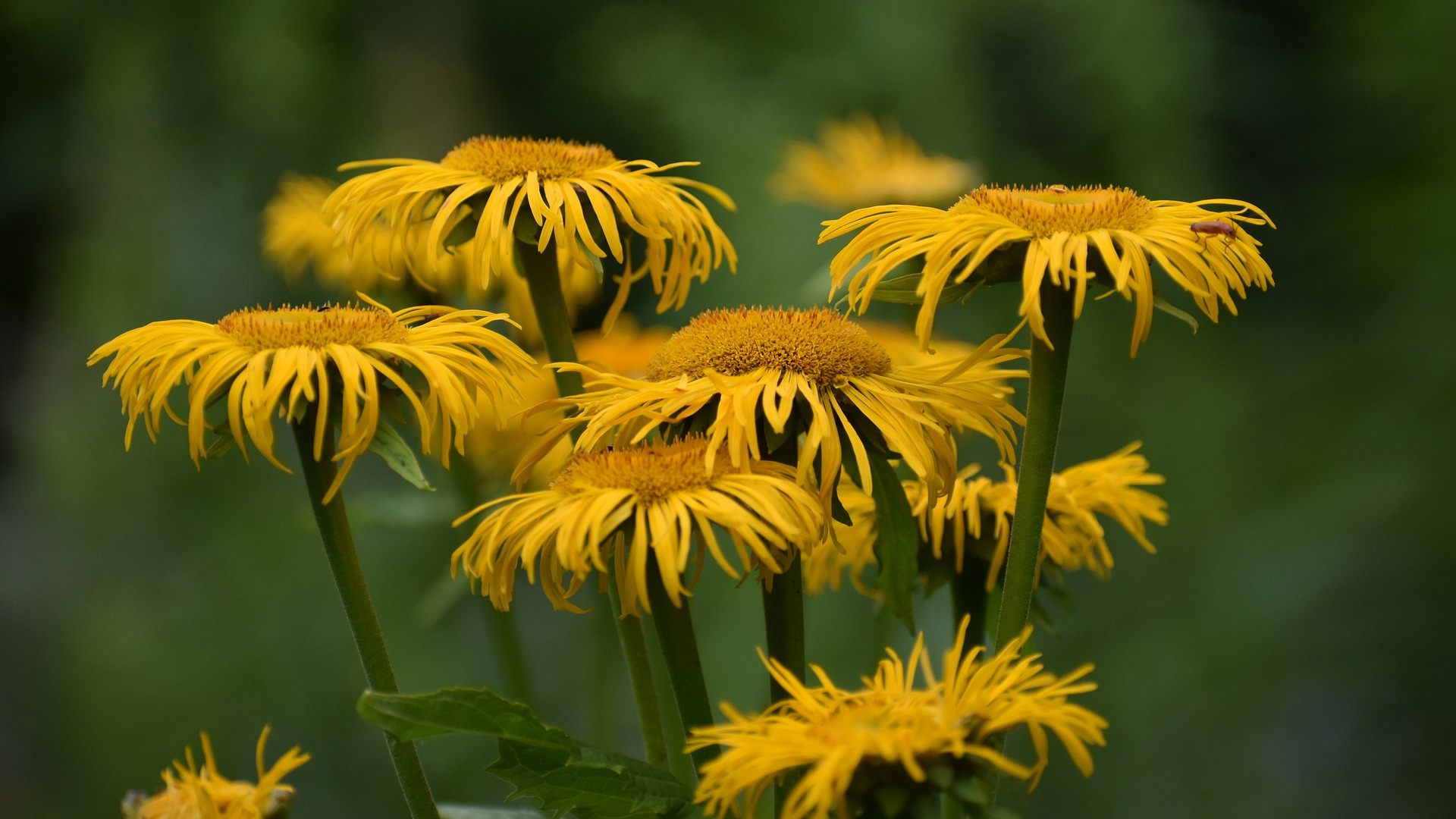Homeopathic Remedies Using Arnica Montana (Arn)
Formal Name: Arnica Montana
Also Known As Arnica, Leopard's Bane, Mountain Tobacco, Sneezewort, Mountain Daisy
Arnica Montana, commonly known as Arnica, is a well-known plant with potent healing properties. Historically used in folk medicine for internal healing, it is now primarily recognized for its external applications due to its potential toxicity when improperly prepared. In homeopathy, meticulous preparation transforms Arnica into a safe and effective remedy.
Origins and Preparation of Arnica
Arnica is prepared using the whole flowering plant, including the root. The preparation involves steeping the plant in alcohol and filtration, dilution, and succussion (vigorous shaking). This process ensures that the final homeopathic remedy contains virtually no traces of the toxic substances found in the raw plant. The result is a safe and potent remedy that retains the plant's healing properties without the associated risks.
Historical and Cultural Context
Arnica has been used for centuries in traditional medicine for its healing properties. In the 16th century, European herbalists began recognizing its benefits for treating injuries and pain. Today, Arnica is a staple in homeopathic medicine, appreciated for its ability to safely and effectively address various conditions.
Practical Use and Dosage
Arnica is available in various forms, including topical gels, creams, and oral pellets. The appropriate dosage and form depend on the condition being treated. Arnica gel or cream can be applied directly to the affected area for topical applications. For systemic conditions, oral pellets are recommended. It is advisable to consult a qualified homeopathic practitioner for personalized dosage recommendations.
Homeopathy Benefits of Arnica
Arnica Montana is a versatile and potent homeopathic remedy renowned for treating various conditions, from injuries and postoperative pain to joint and muscle aches, fevers, and skin conditions. Its historical use and modern research and applications underscore its importance in homeopathic practice. Understanding its preparation, benefits, and patient profile can help effectively utilize this remedy, promoting holistic health and well-being.
By transforming a potentially toxic plant into a safe and effective remedy, Arnica exemplifies the principles of homeopathy, offering natural and powerful solutions for various health challenges.
Shock, Injury, and Postoperative Care
Arnica treats pain, bruising, swelling, and general discomfort following injuries. It is especially beneficial for:
- Pain relief: Alleviates pain from injuries, bruises, and postoperative recovery.
- Swelling and bruising: Reduces inflammation and the appearance of bruises.
- Aching and soreness: Eases the feeling of being battered and sore after physical trauma.
Post-Childbirth Pain
Arnica is highly beneficial for women recovering from childbirth, helping with the following:
- Swelling and bruising: Reduces swelling and bruising in the vaginal area.
- Aches and pain: Alleviates general aches and pains associated with childbirth trauma.
- Healing: Promotes faster recovery and healing of tissues.
Tooth and Gum Pain
Arnica is effective for dental-related pain, such as:
- Tooth pain: Eases pain from dental work or injuries.
- Bleeding and sore gums: Reduces bleeding and soreness in the gums.
Joint and Muscle Pain
Individuals suffering from joint and muscle pain can benefit significantly from Arnica. It helps with:
- Arthritic pain: Reduces inflammation and pain associated with arthritis.
- Sprains and strains: Alleviates pain from sprains, strains, and joint injuries.
- Cramps and muscle aches: Relieves muscle cramps and general muscle aches.
Fever
Arnica can help manage fevers, particularly when:
- Contrasting body temperatures: The body feels cool while the head feels hot.
- Accompanying symptoms: Addresses fever symptoms such as loose stools or flatulence.
- Recurring fevers: Helps manage recurring or persistent fevers.
Bruising and Other Skin Conditions
Arnica is effective in treating various skin conditions, including:
- Bruised skin: Reduces the appearance of bruises from surgical and physical trauma.
- Bed sores and boils: Eases the pain and swelling associated with bed sores and boils.
- Insect bites: Alleviate swelling and discomfort from insect bites.
- Hard, swollen, or dry skin: Promotes healing and reduces irritation.
Sports Injuries
Arnica is widely used by athletes and individuals who engage in physical activities. It helps speed up recovery from sports injuries by reducing pain and inflammation and allowing a quicker return to activity.
Cardiovascular Health
Emerging research suggests that Arnica may benefit cardiovascular health, improve circulation, and reduce the risk of blood clots. Its anti-inflammatory properties help protect blood vessels and support heart health.
Immune System Support
Arnica may also support the immune system by reducing inflammation and promoting overall health. It can help the body respond more effectively to injuries and infections.
Homeopathic Remedy Profile for Arnica
Individuals who benefit most from Arnica often exhibit certain characteristics and behaviors:
- Denial of illness: Tend to deny that they are unwell and minimize the severity of their symptoms.
- Restlessness and agitation: Often feel restless and agitated and dislike being left alone.
- Difficulty concentrating: Struggle with concentration and may feel mentally scattered.
- Physical and emotional resilience: Despite their symptoms, they display strong physical and emotional resilience, often pushing through discomfort.



